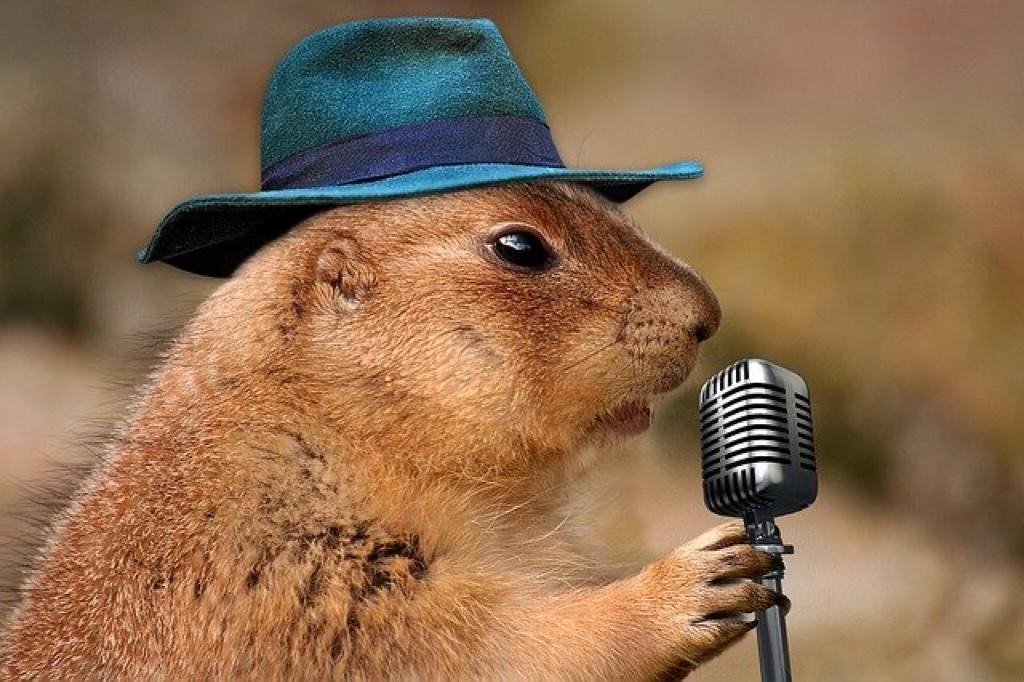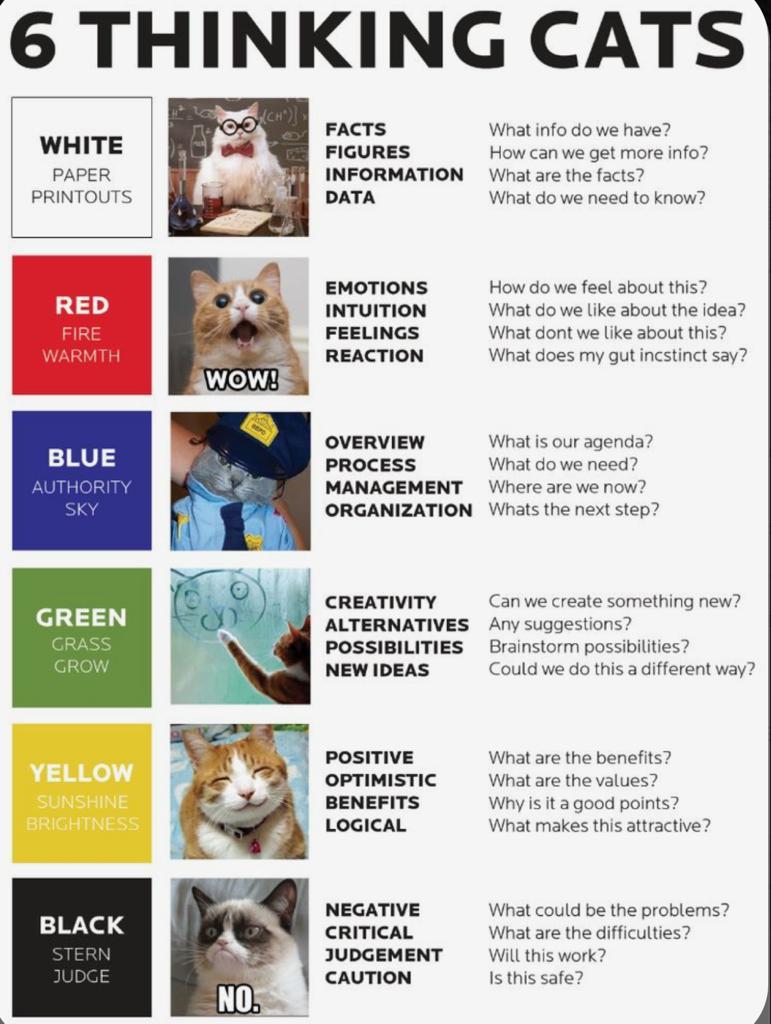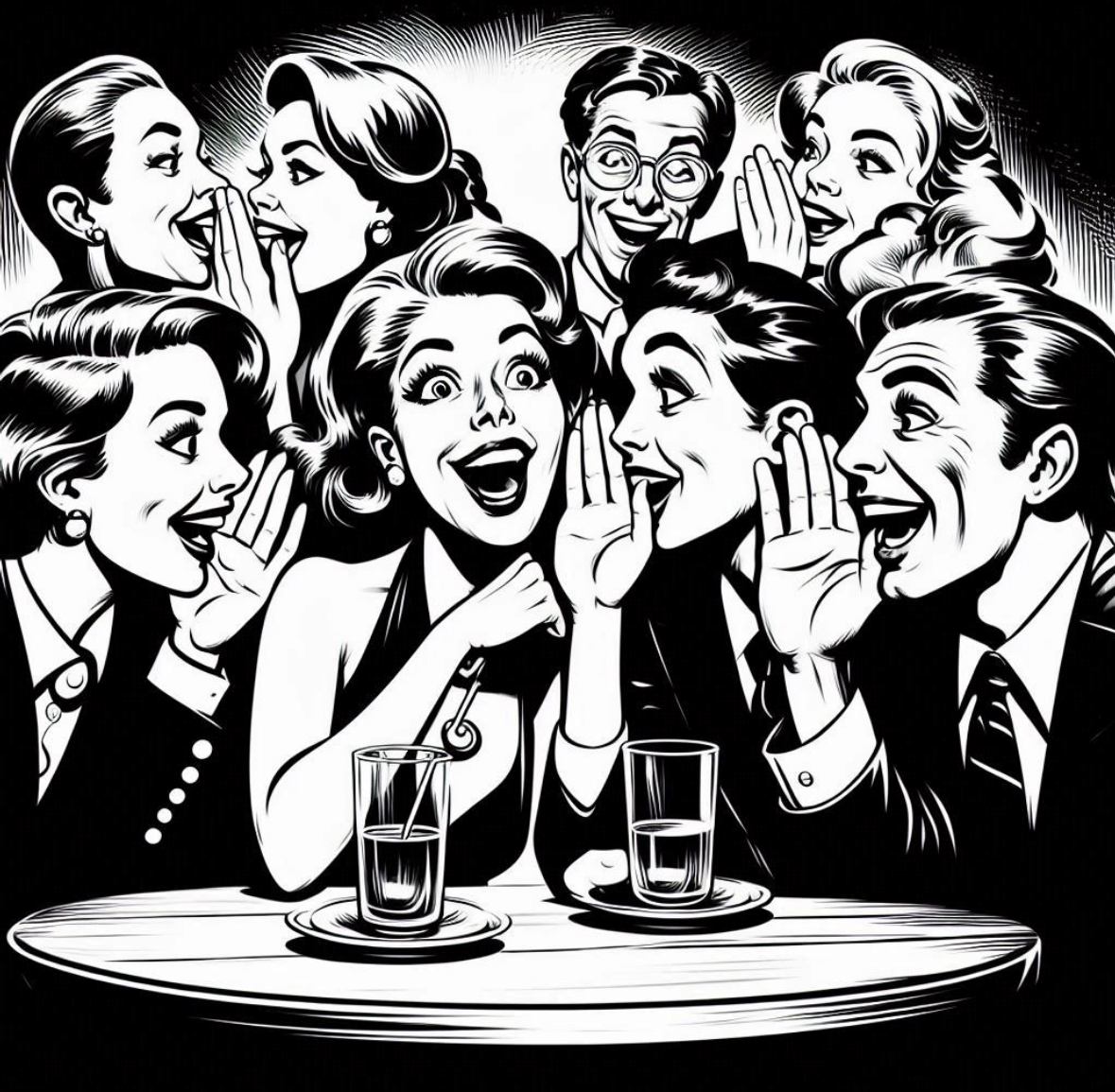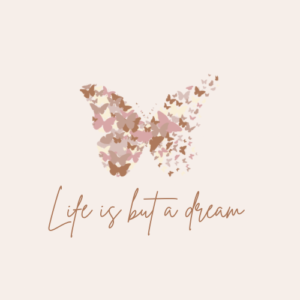Wear not one, but six hats. De Bono’s strategy for thinking.

The term thinking cap signifies an imaginary cap to be worn to facilitate the thinking process. According to etymology, the thinking cap is an allusion to the official cap worn by the judges while dispensing the judgments at the court of law.
Edward de Bono, who is famous for parallel thinking, published the Six thinking hats in 1985. The idea behind this is practically scrutinising a problem from all aspects as possible, leaving nothing to chance.
Teamwork
This method serves as a team-based problem-solving technique. Taking a different perspective or checklist manifesto, benefits to ensure that every problem with the possible outcome is explored while making important decisions as individuals, business executives and policymakers.
In this post, you find bare-minimum information on the topic with the most straightforward explanations that can be easily comprehended. An in-depth analysis of each method is beyond the scope of this post and my limited knowledge.
Challenge your brain
The six hats technique requires looking at a problem from six different perspectives and challenging the brain to think from each of these directions. The coloured hats are used as a metaphor which includes white, red, black, yellow, green and blue.
The White hat, the researcher

The white hat is typically a thinking and analytical hat. Metaphorically the closest thing to describe it would be a Sherlock Holmes approach to solving the problem. The name Sherlock Holmes itself would evoke in you the skill of collecting information, deduction, and analysis.
Visualise that you are going to behave like him, gathering all information, analysing the data, looking at the missing information or absent evidence and inferring from the evidence collected.
Start by analysing what you know and don’t know, fill in the information gap until you have a three-dimensional view of the entire problem.
The intuitive red
The colour red signifies dealing with the emotional elements, where rational thinking may take a back seat. That being said, it doesn’t lessen the significance of emotions in your decision making. Your emotional hat tries to decipher your overall emotional feelings and intuitions.
Assume you are planning to buy a new home; emotions are indeed riding high. Start by asking how you feel about your options and why, how the decision is going to affect your feelings in a positive or miserable way. Does it fit into your values and well being? Not only you, but how others are going to react emotionally to the decision. Often your emotions are not in the open, try to understand it fully, and you might understand the consequences and solutions as well.
Black the pessimist
Most among you are familiar with Eeyore, the perpetually whining donkey, a character from Winnie the Pooh. The word optimism is missing from his dictionary, as he always indulges in self-pity and negativity. Wearing a black hat makes you certainly identical to Eeyore.
No one wants to view their decisions from the point of doom and gloom. Do you need to be pessimistic about everything you do? Or are we afraid to consider our decisions from a critical point of view?
The need to plan for failure and the worst-case scenario, as everyone recognises, is essential when there is always a high probability of failure.
Looking for a plan B or contingency plans arise out of this perspective.
Yellow, the optimist
Yellow, the Sun’s colour, the sun with its bright rays encourages you each morning, cheering, wakey wakey, rise and shine!
The yellow hat is a cheerleader’s hat, and it’s all about thinking positively and optimistically. A motivating hat allows you to feel good about your decision and forces you to proceed and take action.
The outpouring of optimism makes you ready to put all your efforts into overcoming each obstacle.
Green for creativity
The green here is about seeking new concepts, possibilities and alternatives. If your ideas turn out to be an outstanding achievement, maybe you can make others green with envy.
The green hat is the creativity hat, or thinking outside the box kind of approach, looking for creative perspectives and solutions. Brainstorming is the game’s name here, and generating as many ideas as possible is the objective.
Blue, the leader

Blue, the sky’s colour motivates you to believe in the dictum; the sky is the limit.
It’s the decision maker’s hat who is conferred with the vast responsibility for coordinating and creating a system to integrate all the observations from the various perspectives and arriving at an ultimate decision.
Cats or hats, a synopsis

The benefits
Diversity of thought, more cognitive efforts,removal of ego, saving time and focused work are few benefits to name.
There are a prescribed duration and sequence for wearing each of these hats while dealing with different goals. For example, sequences always begin and end with a blue hat.
Do these caps help leaders to learn?
No explicit opinions here, but it’s one of the mental tools used in the decision-making process.
As the saying goes, Two heads are better than one; then we have to appreciate the wisdom and innovative solutions that the six different reasoning offers.





Nice. Enjoyed the flow and concise explanations.
Look forward to the next one.
Thank you Dilip, I am glad that you liked it.